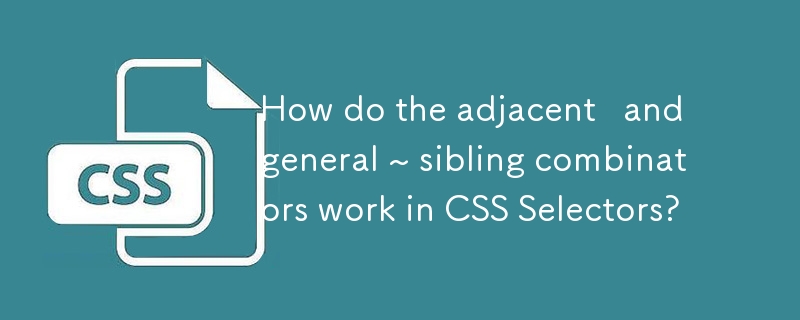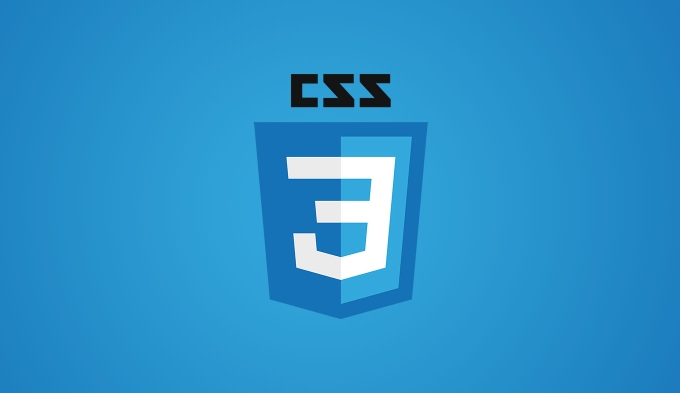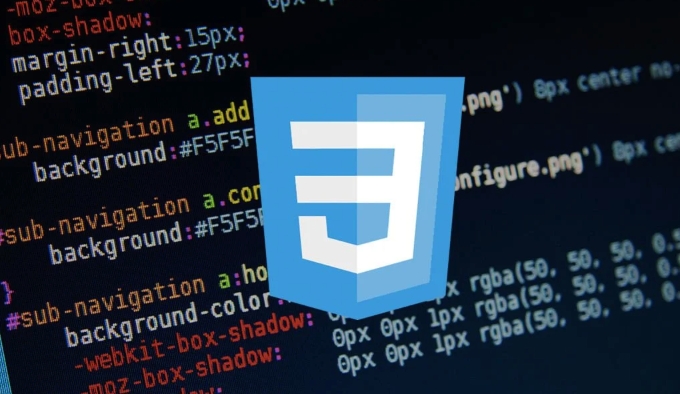 Web Front-end
Web Front-end
 CSS Tutorial
CSS Tutorial
 How do the adjacent and general ~ sibling combinators work in CSS Selectors?
How do the adjacent and general ~ sibling combinators work in CSS Selectors?
How do the adjacent and general ~ sibling combinators work in CSS Selectors?
Jun 27, 2025 am 01:35 AM <p> In the CSS selector,
<p> In the CSS selector, and ~ are two operators used to select "fraternal elements". Their function is to select specific sibling nodes based on the structural relationship in HTML. Although they are both "brother selectors", there are differences in usage and effect.

Adjacent sibling selector: AB
<p> The meaning of this selector is: select the B element immediately after element A , and these two elements must be sibling nodes at the same level.

Use scenarios and suggestions:
- This selector is often used for style switching, such as the paragraphs that follow a certain title require different styles.
- It only matches the sibling elements that "next" meet the criteria, not all the ones that follow.
<h2>Title</h2> <p>This is the first paragraph</p> <p>This is the second paragraph</p><p> Corresponding CSS:

h2 p {
color: red;
}<p> The above code will only turn the "first paragraph" into red, because it is <p> that follows <h2> . General sibling selector: A ~ B
<p> This selector means: all B elements of the same level after selecting element A do not necessarily have to be next to each other.Use scenarios and suggestions:
- It is very useful when you want to uniformly deal with all similar brothers after a certain type of element.
- For example: All links behind a button are bold.
h2 ~ p {
font-weight: bold;
}<p> This way both <p> will be bolded because they are both behind <h2> and are of the same level.
The difference and usage skills of the two
- Different accuracy :
~wider, choose multiple. - The order is important : both selectors can only look forward, and cannot select the brother in front in reverse.
- Note the nesting level : The sibling selector requires elements to be at the same level. If there are other labels in the middle, you are not brothers.
- In the form, add border color to the input box after "Error prompt"
- In the list, set the background color for all items after a special item.
- Control the subsequent content styles in the expanded state in the folded panel
<p> Basically that's it. The key to understanding these two selectors is to understand their "brotherhood" and "directional limitations". As long as the structure is clear, it is not difficult to use, but it is easy to have no effect due to errors in hierarchy or order.
The above is the detailed content of How do the adjacent and general ~ sibling combinators work in CSS Selectors?. For more information, please follow other related articles on the PHP Chinese website!

Hot AI Tools

Undress AI Tool
Undress images for free

Undresser.AI Undress
AI-powered app for creating realistic nude photos

AI Clothes Remover
Online AI tool for removing clothes from photos.

Clothoff.io
AI clothes remover

Video Face Swap
Swap faces in any video effortlessly with our completely free AI face swap tool!

Hot Article

Hot Tools

Notepad++7.3.1
Easy-to-use and free code editor

SublimeText3 Chinese version
Chinese version, very easy to use

Zend Studio 13.0.1
Powerful PHP integrated development environment

Dreamweaver CS6
Visual web development tools

SublimeText3 Mac version
God-level code editing software (SublimeText3)

Hot Topics
 What is 'render-blocking CSS'?
Jun 24, 2025 am 12:42 AM
What is 'render-blocking CSS'?
Jun 24, 2025 am 12:42 AM
CSS blocks page rendering because browsers view inline and external CSS as key resources by default, especially with imported stylesheets, header large amounts of inline CSS, and unoptimized media query styles. 1. Extract critical CSS and embed it into HTML; 2. Delay loading non-critical CSS through JavaScript; 3. Use media attributes to optimize loading such as print styles; 4. Compress and merge CSS to reduce requests. It is recommended to use tools to extract key CSS, combine rel="preload" asynchronous loading, and use media delayed loading reasonably to avoid excessive splitting and complex script control.
 External vs. Internal CSS: What's the Best Approach?
Jun 20, 2025 am 12:45 AM
External vs. Internal CSS: What's the Best Approach?
Jun 20, 2025 am 12:45 AM
ThebestapproachforCSSdependsontheproject'sspecificneeds.Forlargerprojects,externalCSSisbetterduetomaintainabilityandreusability;forsmallerprojectsorsingle-pageapplications,internalCSSmightbemoresuitable.It'scrucialtobalanceprojectsize,performanceneed
 Does my CSS must be on lower case?
Jun 19, 2025 am 12:29 AM
Does my CSS must be on lower case?
Jun 19, 2025 am 12:29 AM
No,CSSdoesnothavetobeinlowercase.However,usinglowercaseisrecommendedfor:1)Consistencyandreadability,2)Avoidingerrorsinrelatedtechnologies,3)Potentialperformancebenefits,and4)Improvedcollaborationwithinteams.
 CSS Case Sensitivity: Understanding What Matters
Jun 20, 2025 am 12:09 AM
CSS Case Sensitivity: Understanding What Matters
Jun 20, 2025 am 12:09 AM
CSSismostlycase-insensitive,butURLsandfontfamilynamesarecase-sensitive.1)Propertiesandvalueslikecolor:red;arenotcase-sensitive.2)URLsmustmatchtheserver'scase,e.g.,/images/Logo.png.3)Fontfamilynameslike'OpenSans'mustbeexact.
 What is Autoprefixer and how does it work?
Jul 02, 2025 am 01:15 AM
What is Autoprefixer and how does it work?
Jul 02, 2025 am 01:15 AM
Autoprefixer is a tool that automatically adds vendor prefixes to CSS attributes based on the target browser scope. 1. It solves the problem of manually maintaining prefixes with errors; 2. Work through the PostCSS plug-in form, parse CSS, analyze attributes that need to be prefixed, and generate code according to configuration; 3. The usage steps include installing plug-ins, setting browserslist, and enabling them in the build process; 4. Notes include not manually adding prefixes, keeping configuration updates, prefixes not all attributes, and it is recommended to use them with the preprocessor.
 What are CSS counters?
Jun 19, 2025 am 12:34 AM
What are CSS counters?
Jun 19, 2025 am 12:34 AM
CSScounterscanautomaticallynumbersectionsandlists.1)Usecounter-resettoinitialize,counter-incrementtoincrease,andcounter()orcounters()todisplayvalues.2)CombinewithJavaScriptfordynamiccontenttoensureaccurateupdates.
 CSS: When Does Case Matter (and When Doesn't)?
Jun 19, 2025 am 12:27 AM
CSS: When Does Case Matter (and When Doesn't)?
Jun 19, 2025 am 12:27 AM
In CSS, selector and attribute names are case-sensitive, while values, named colors, URLs, and custom attributes are case-sensitive. 1. The selector and attribute names are case-insensitive, such as background-color and background-Color are the same. 2. The hexadecimal color in the value is case-sensitive, but the named color is case-sensitive, such as red and Red is invalid. 3. URLs are case sensitive and may cause file loading problems. 4. Custom properties (variables) are case sensitive, and you need to pay attention to the consistency of case when using them.
 What is the conic-gradient() function?
Jul 01, 2025 am 01:16 AM
What is the conic-gradient() function?
Jul 01, 2025 am 01:16 AM
Theconic-gradient()functioninCSScreatescirculargradientsthatrotatecolorstopsaroundacentralpoint.1.Itisidealforpiecharts,progressindicators,colorwheels,anddecorativebackgrounds.2.Itworksbydefiningcolorstopsatspecificangles,optionallystartingfromadefin





